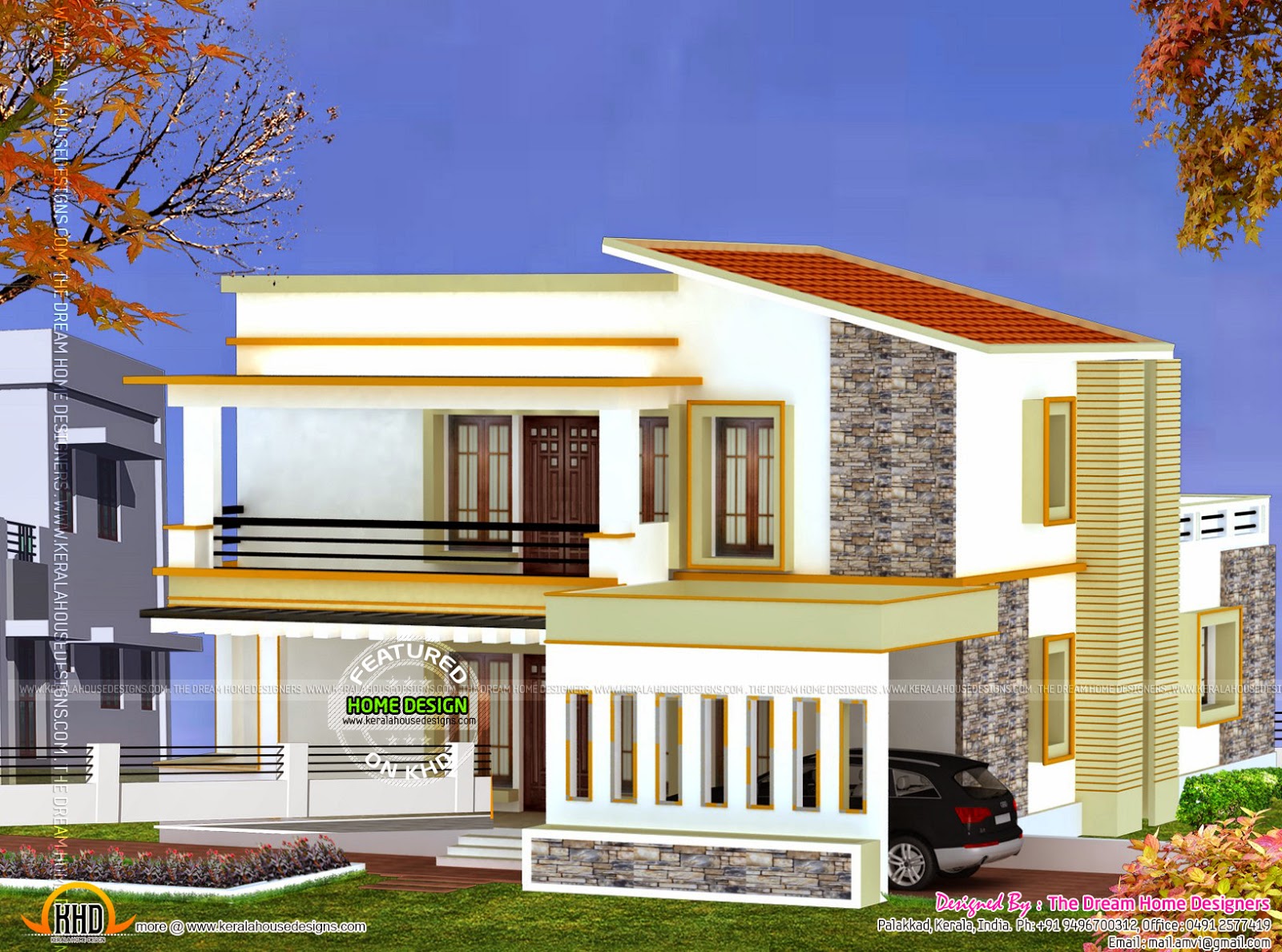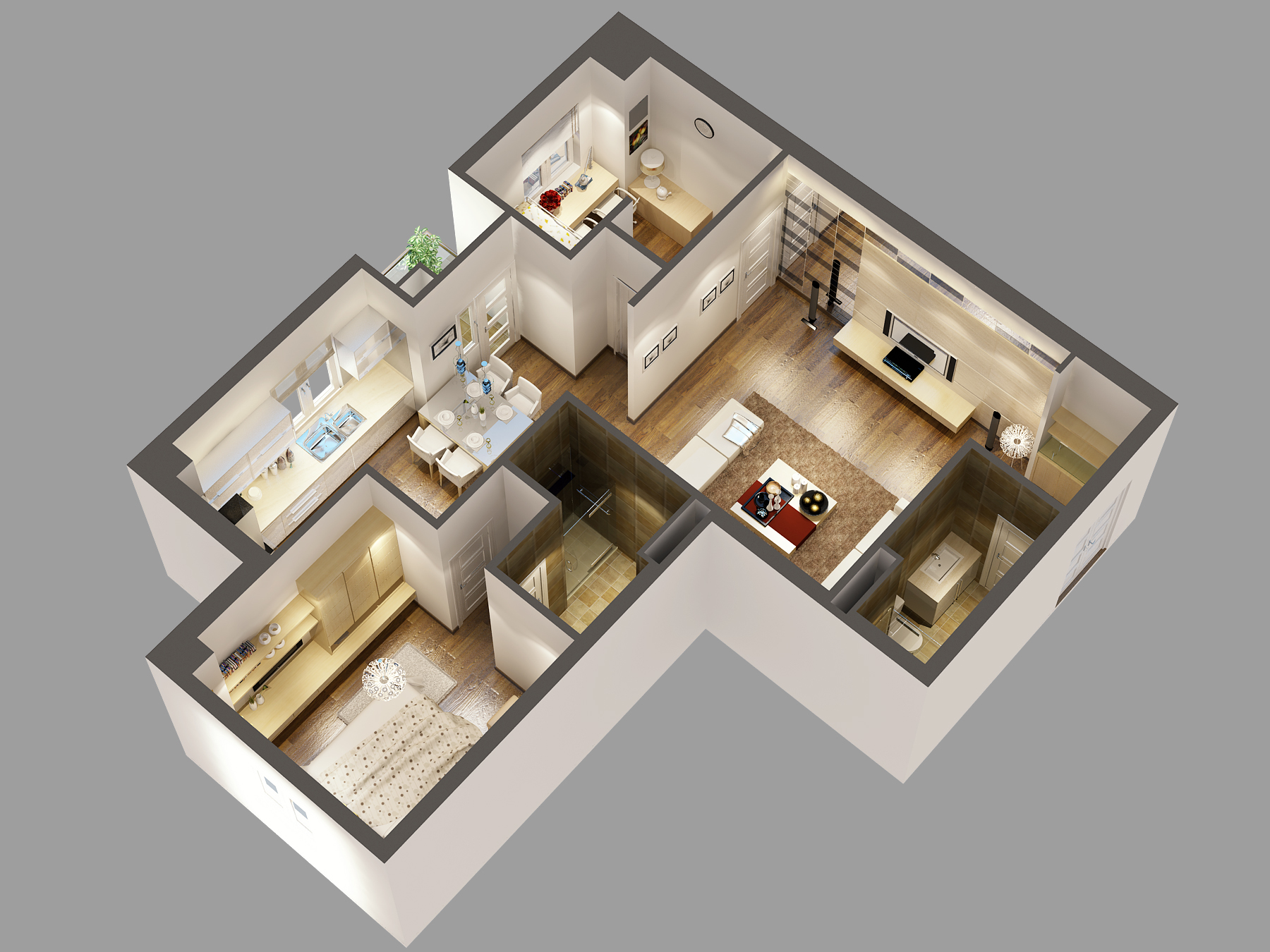

Smaller corridors and entrances are preferred over big ones. Homeowners choose good, appealing flats over extravagant ones. When acquiring services, they want everything done their way. Value additionīuyers aren’t naïve anymore. Realistic 3D house designs help them express design ideas and pre-sell items. Adaptable developers must discover better customer experience solutions.

These procedures aim to reduce costs and hazards, but they can only do so much. Standardized materials help builders create cheaper houses. Focus has moved to smaller, more energy-efficient houses that stress quality over quantity. Economicalĭevelopers have pulled down risky initiatives since the economy is projected to worsen. They better communicate concepts than 2D plans. Realistic full-colour models of whole structures depict how they will appear after completion, with different room perspectives and furniturearrangement suggestions. The procedure of making adjustments is no longer as stressful and time-consuming as it was in the past when homeowners requested alterations after a portion of the house didn’t come out as they expected, and the construction had taken off.

Improved communicationģD house designs help eliminate misunderstandings and prevent expensive construction blunders. A 3D house design may assist choose paint colours and materials, reducing project costs. During this phase, the customer may view how the home will appear after construction and propose design adjustments. The second phase shows the house’s façade and how it integrates with its surroundings. The customer may see how each aspect of the home fits and request alterations to make it their own. 3D models of showroom sizes and furniture placement. The presentation highlights the house’s interior and design. The first segment focuses on residential interiors. You can even create a south-facing house Vastu plan3D if you wanted to.ģD house designs help eliminate misunderstandings and prevent expensive construction blundersĪrchitects display home design 3D ideas to clients in two stages. Where 3D elevation design for a house offers a clear idea of what the height will be like, 2D renderings instead create a weakness for the homebuyer by forcing them to picture the structure without sufficient diagrammatic assistance. Explaining elevations using two-dimensional floor plans may be tedious and often fails to attract the client’s attention. Making presentations that employ technical language simply confuses consumers and creates a negative experience for them. This is because the majority of homeowners are unaware of the technical components of design and construction. Read: Never Trim Down Again with These Spacious 3-Bedroom House Plans 3D house plans and 3D home planners are now the most fashionable way to show house designs. Why? It’s hard to imagine what the house will look like once it’s built, and development projects get more expensive if clients want to change things they don’t like about the house. Since the client can’t understand the technical language, these boring 2D plans don’t add much value to the presentation. Usually, architects show home plans through traditional 2D of blueprints that are overflowing with technical aspects that most people don’t understand. Explaining elevations using two-dimensional floor plans may be tedious and often fails to attract the client’s attention]


 0 kommentar(er)
0 kommentar(er)
